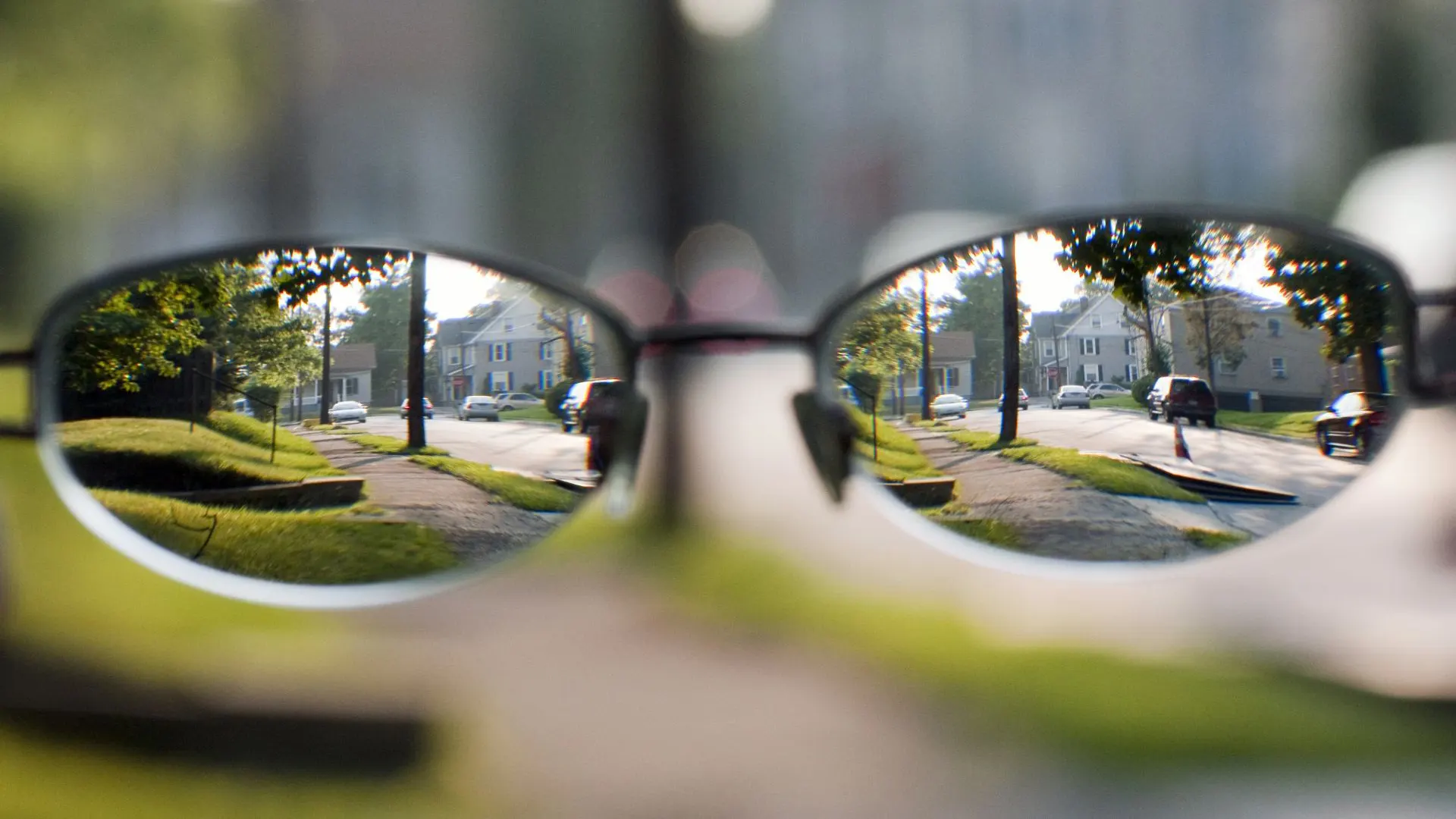Myopia Over 40: Can You Also Develop Presbyopia?
As you approach your 40s and 50s, you might notice that reading a book or checking your phone’s text becomes increasingly challenging. If you find yourself squinting at menus or holding items further away to see clearly, you may be experiencing presbyopia. This natural age-related vision change is common and often starts around 40.
Is Your Close-Up Vision Declining?
If you’re already myopic (short-sighted), you’re probably familiar with wearing glasses to see far-away objects. However, around age 40, many people begin to lose their ability to focus on nearby objects, a condition known as presbyopia. Although it can feel frustrating, rest assured that presbyopia is a natural part of aging that affects nearly everyone at some point.
Both myopia and presbyopia are refractive errors—conditions related to how light is bent (or refracted) within your eye. If you’re dealing with both conditions, you’re certainly not alone.
How Does Presbyopia Happen?
Presbyopia, also referred to as age-related farsightedness, occurs due to the gradual loss of flexibility in the eye’s crystalline lens. This lens helps refract light and focus it correctly onto the retina, which is responsible for processing light and images. As we age, the lens becomes less flexible and the muscles around it weaken, making it harder to adjust focus on close objects, resulting in blurred near vision.
This differs from myopia, which is caused by the shape of the eye. Myopia causes light to focus in front of the retina, while presbyopia causes light to focus behind it.
Can You Have Both Myopia and Presbyopia?
Yes, you can experience both myopia and presbyopia simultaneously. Presbyopia affects everyone eventually, regardless of current eyesight, and is easily managed with glasses or other corrective measures. If you’re already myopic, you might notice blurred vision or poor vision in low-light conditions as presbyopia develops.
Interestingly, when myopia and presbyopia coexist, they can sometimes temporarily compensate for each other. For example, if you’re nearsighted, you might feel like your vision is improving because presbyopia causes light to focus farther back, balancing out myopia. However, this sensation is short-lived, and you’ll still need glasses to correct your vision for both near and far distances.
How to Treat Presbyopia
Currently, presbyopia can’t be prevented, but it can be effectively managed with the right eyewear. If you already wear glasses for myopia, your eyecare professional might recommend progressive lenses, which are a popular solution for people who struggle with both near and far vision issues.
Progressive lenses differ from bifocals in that they don’t have a visible line across the lens. Instead, the prescription changes gradually across three vision zones—near, intermediate, and far—offering a seamless transition between distances.
At GETD, we offer a range of innovative lens solutions, including progressive lenses designed to address both presbyopia and myopia. Regular eye exams are essential to ensure your prescription stays up-to-date, especially as vision changes with age.
Final Thoughts
Whether you’re dealing with myopia, presbyopia, or both, managing these conditions is straightforward with the right eyewear. If you’re noticing changes in your vision, visit your local GETD store for a comprehensive eye exam. Our team will help you find the best solution for your evolving eyesight, so you can continue seeing clearly at any distance.
